Season 4
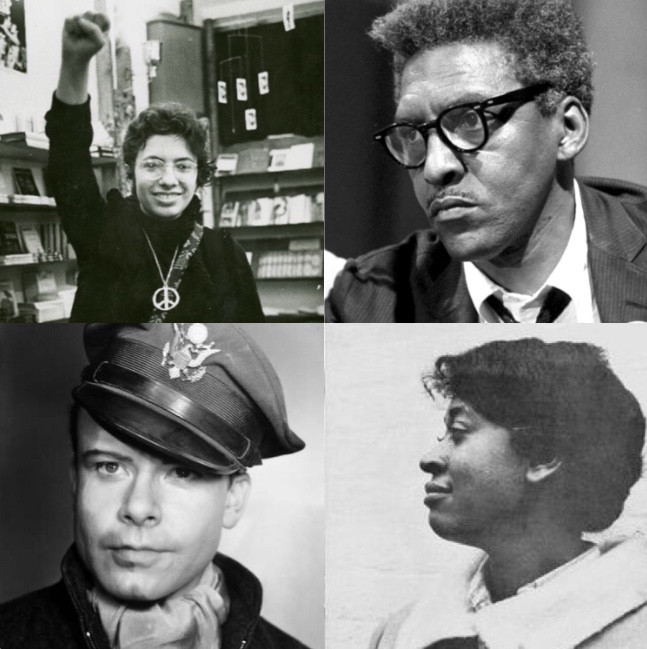
Season 4 — Introduction
Our fourth season is about beginnings. So we’re going to start at the beginning and hear from the activists and visionaries who got the ball rolling for LGBTQ civil rights. In this episode, meet some of the trailblazers who will guide us from 1897 in Germany to the eve of the Stonewall uprising.
Read More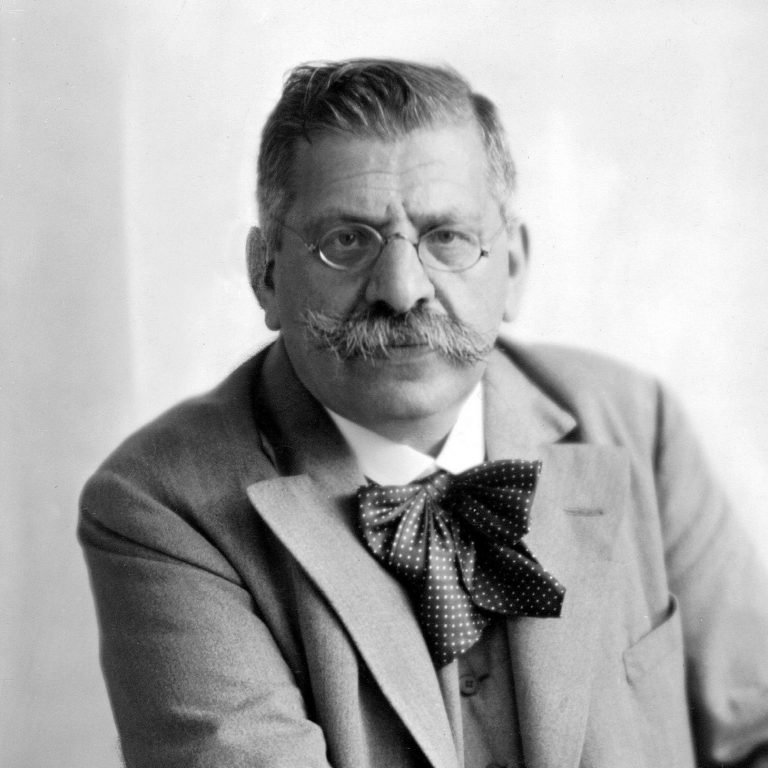
Magnus Hirschfeld
More than a century ago, Dr. Magnus Hirschfeld chose to take a stand for LGBTQ rights, founding a movement, providing a safe space, and seeking justice through science. The Nazis crushed his vision, but not his legacy.
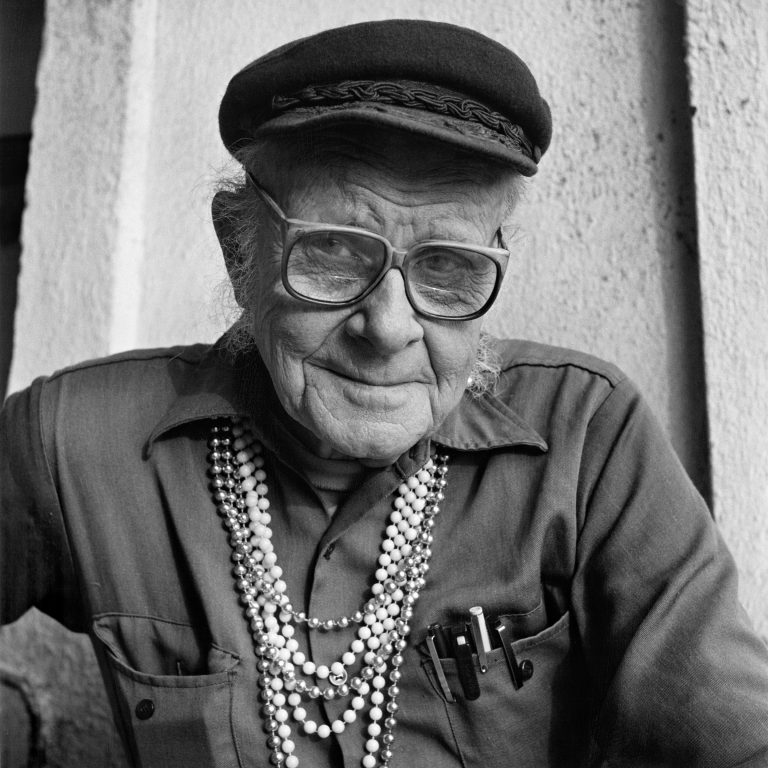
Harry Hay
Harry Hay had a vision, and that vision led to the founding of the first sustained gay rights organization in the United States—the Mattachine Society, in 1950. Mattachine (and Harry’s) first task—establishing a gay identity.

Billye Talmadge
Investigated by the FBI, blackmailed, but bold enough to keep going, Billye Talmadge was one of the early members of the earliest lesbian rights organization in the U.S., the Daughters of Bilitis.
Read More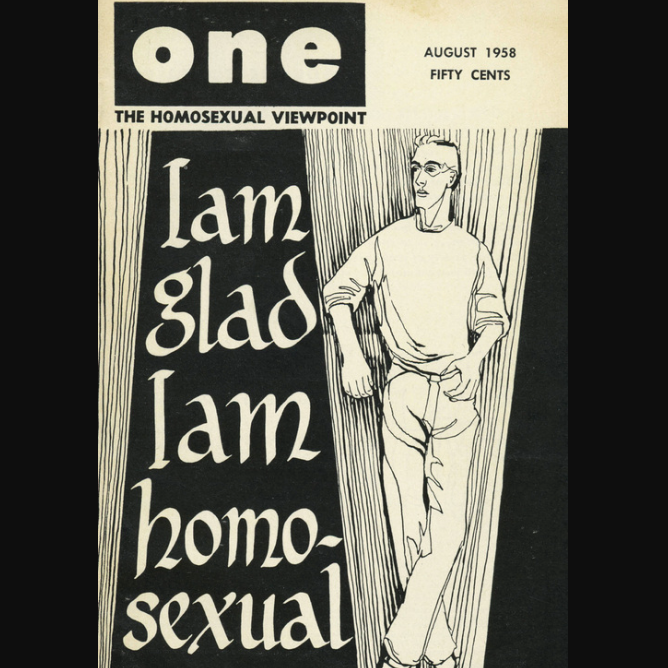
Legg, Block, and Kepner
ONE, the first national gay magazine, attracted the attention of the FBI and was at the heart of a landmark U.S. Supreme Court case. Dorr Legg, Martin Block, and Jim Kepner were key to ONE’s success. But don’t expect them to agree on its origin story.
Read More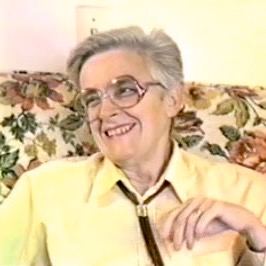
Stella Rush (“Sten Russell”)
“I’m a bisexual ki-ki s.o.b butch-femme.” Stella Rush railed against rules and binaries: butch/femme, gay/straight. Fighting for social survival, and wielding a pen, Stella (aka Sten Russell) carved out a place for herself on ONE magazine’s mostly male 1950s masthead and on the pages of The Ladder.
Read More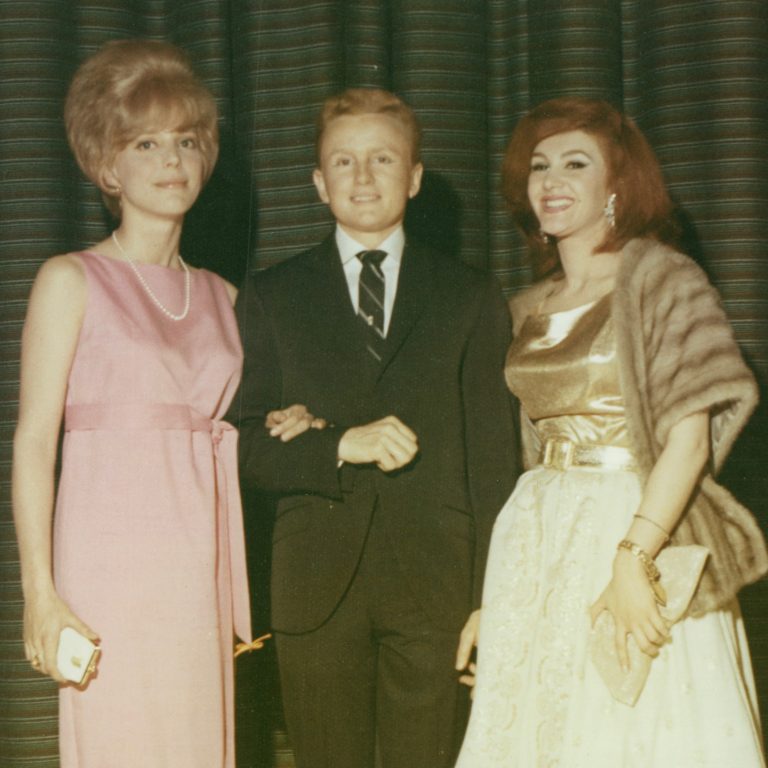
Reed Erickson
Reed Erickson was a trans man with a big checkbook, a pet leopard, big dreams for a better world for gay people and trans folks—and single-handedly financed ONE Incorporated and founded the first trans rights organization. Morgan M Page and AJ Lewis join MGH to help us bring Reed’s story to life.
Read More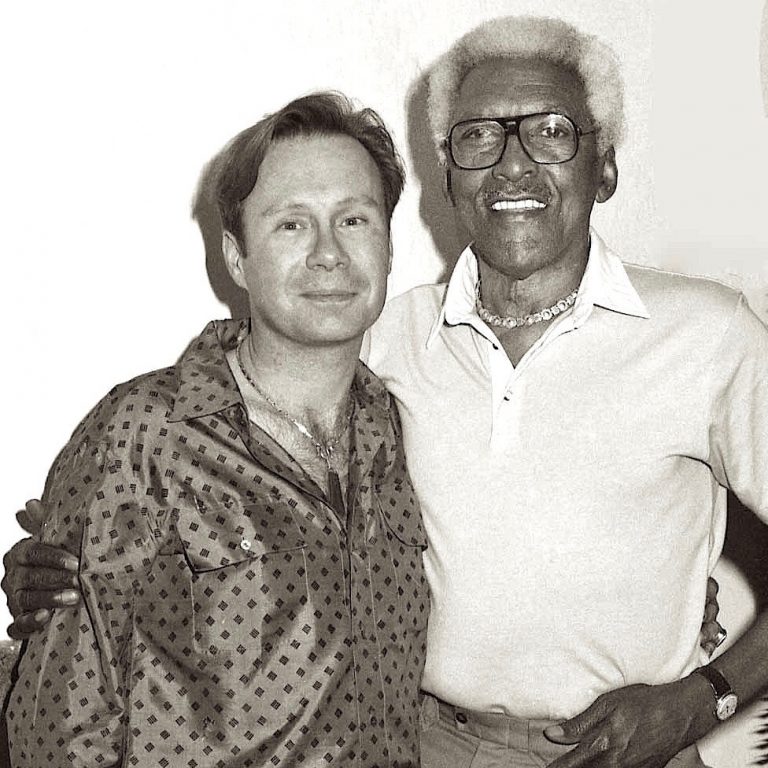
Bayard Rustin
Bayard Rustin was a champion of the Black civil rights movement—mentor to Dr. Martin Luther King Jr., organizer of the 1963 March on Washington. But because he was gay and out, he faced bigotry inside and outside the movement. The FBI and Sen. Strom Thurmond tried to destroy him. But he persisted.
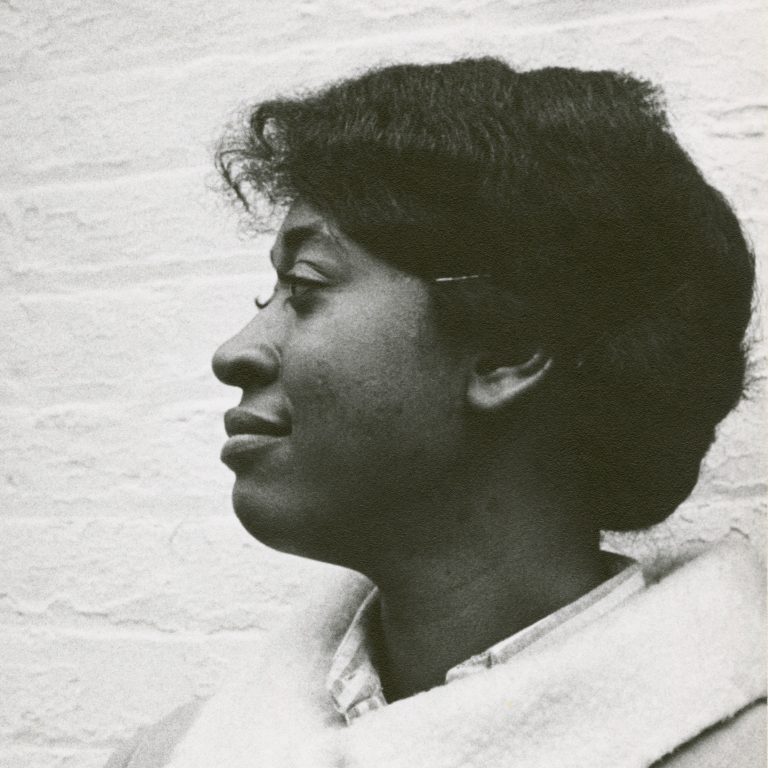
Ernestine Eckstein
Ernestine Eckstein is an iconic figure from the 1960s homophile movement—from photos showing her as the only African American woman at the earliest protests to her trailblazing cover story in The Ladder. Now we can put a voice to those images with a never-before-heard 1965 interview.
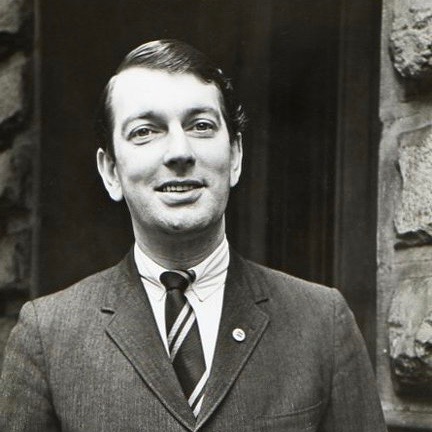
Dick Leitsch
Dick Leitsch came to New York City in the early 1960s to smoke cigarettes, drink cocktails, and pick up handsome young men. He got his wish and then some, but the native Kentuckian also took on the police and political power brokers to successfully fight entrapment and discrimination.
Read More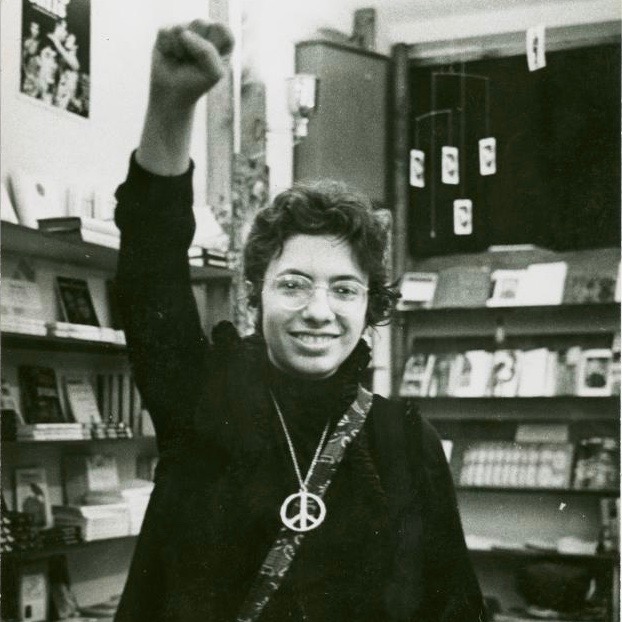
Martha Shelley
Brooklyn-born Martha Shelley was a rebel. She didn’t like being told what to do, wear, or say. She hated the lesbian bars, and even after joining the Daughters of Bilitis, she strained against the self-imposed limits of the homophile movement. All along, the 1960s revolution called to her.
Read More